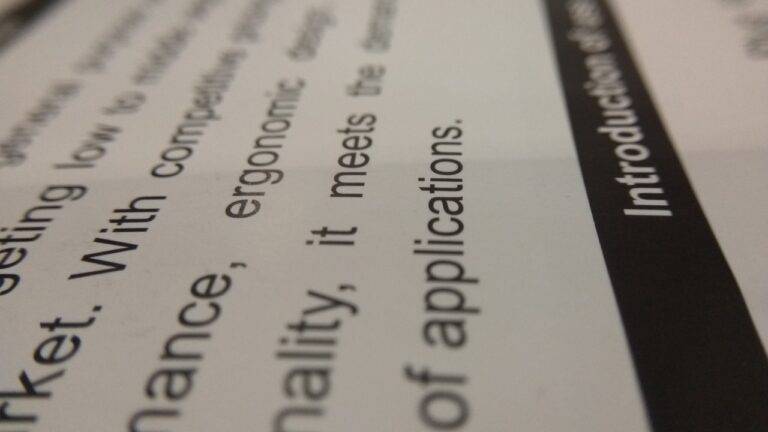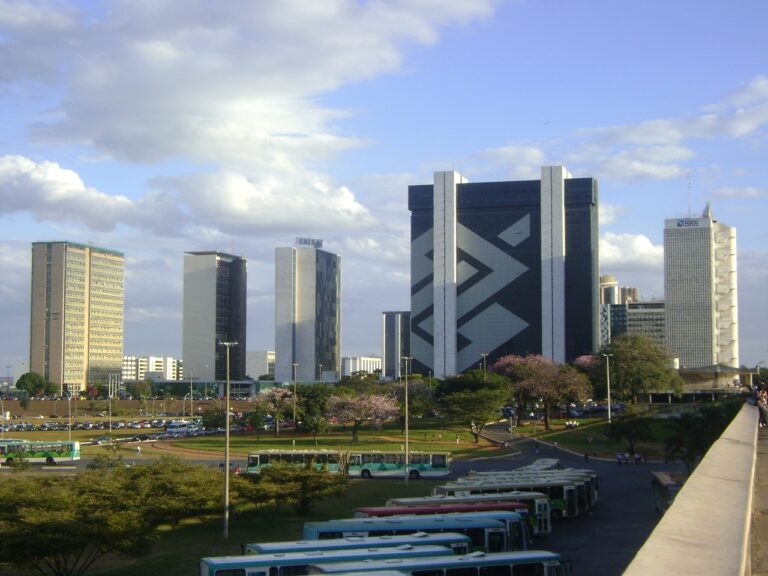The Role of Building Materials in Water Conservation: Sky247 login, Diamondexch9.com, Tiger exchange
sky247 login, diamondexch9.com, tiger exchange: Water conservation is an essential aspect of sustainable living, especially in today’s world where water scarcity is becoming more prevalent. One often-overlooked factor in water conservation is the role that building materials play in this important effort. The construction industry is a significant consumer of water, and by choosing the right materials, we can reduce water usage and contribute to a more eco-friendly future.
Here are some key ways in which building materials can impact water conservation:
1. Permeable Paving:
Using permeable paving materials in driveways, walkways, and parking lots can help reduce stormwater runoff and promote groundwater recharge. Permeable materials allow rainwater to seep into the ground, reducing the strain on municipal stormwater systems and helping to replenish local aquifers.
2. Water-Efficient Plumbing Fixtures:
Choosing water-efficient plumbing fixtures, such as low-flow toilets, faucets, and showers, can significantly reduce water usage in buildings. These fixtures are designed to use less water without sacrificing performance, helping to conserve this precious resource.
3. Rainwater Harvesting Systems:
Rainwater harvesting systems capture and store rainwater for later use in irrigation, flushing toilets, and other non-potable applications. By incorporating these systems into building design, we can reduce reliance on municipal water sources and decrease overall water consumption.
4. Green Roofs:
Green roofs, which are covered with vegetation, help to reduce stormwater runoff by absorbing rainwater and releasing it slowly over time. They also provide insulation benefits, reduce the urban heat island effect, and contribute to biodiversity in urban areas.
5. Drought-Tolerant Landscaping:
Selecting drought-tolerant plants and landscaping materials can help reduce outdoor water usage. These plants require less water to thrive, making them a sustainable choice for landscaping around buildings.
6. Efficient Irrigation Systems:
Choosing water-efficient irrigation systems, such as drip irrigation or smart controllers, can help minimize water waste in landscaping. These systems deliver water directly to plant roots, reducing evaporation and runoff compared to traditional sprinkler systems.
By considering these factors and choosing water-conscious building materials, we can make a positive impact on water conservation efforts. Every small step we take towards sustainable building practices can add up to significant water savings over time.
FAQs
Q: How can I determine if a building material is water-efficient?
A: Look for certifications such as WaterSense for plumbing fixtures or the Smart WaterMark for irrigation systems. These certifications indicate that the product meets certain water efficiency standards.
Q: Are water-efficient building materials more expensive?
A: While some water-efficient materials may have a higher upfront cost, the long-term savings in water usage can offset this initial investment. Additionally, many municipalities offer rebates or incentives for using water-efficient products.
Q: Can I retrofit my existing building with water-efficient materials?
A: Yes, many water-efficient building materials can be retrofitted into existing structures. Consider upgrading plumbing fixtures, landscaping, and irrigation systems to reduce water usage in your building.
In conclusion, the role of building materials in water conservation cannot be overstated. By choosing water-efficient materials and implementing sustainable building practices, we can contribute to a more water-conscious future for generations to come. Let’s all do our part in preserving this vital resource for a sustainable planet.







